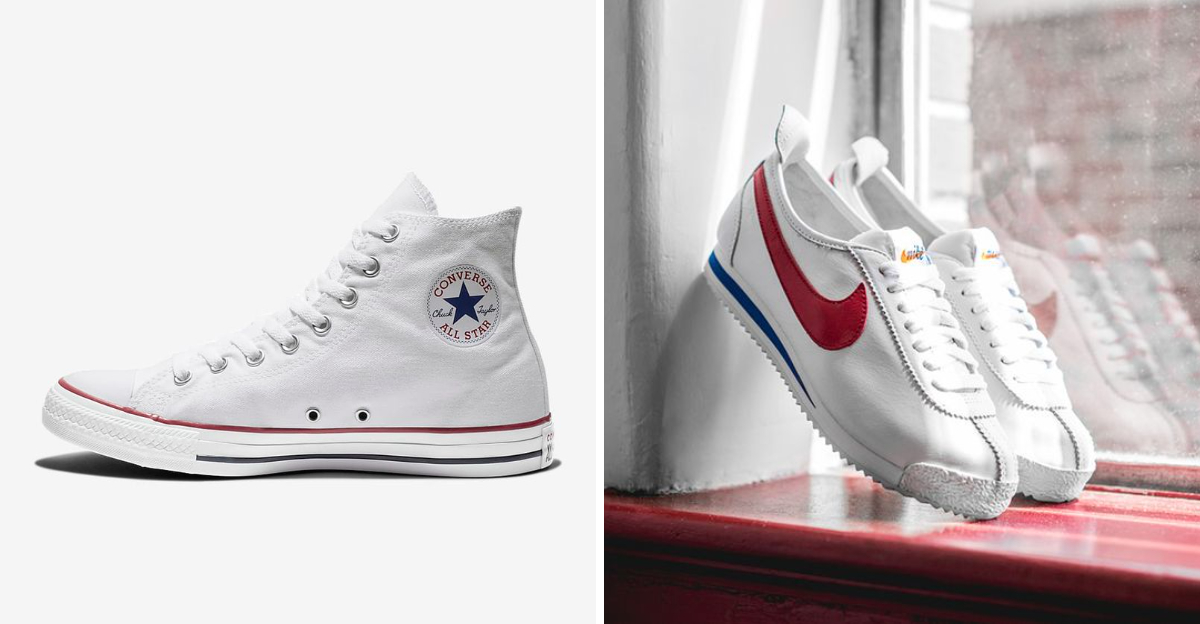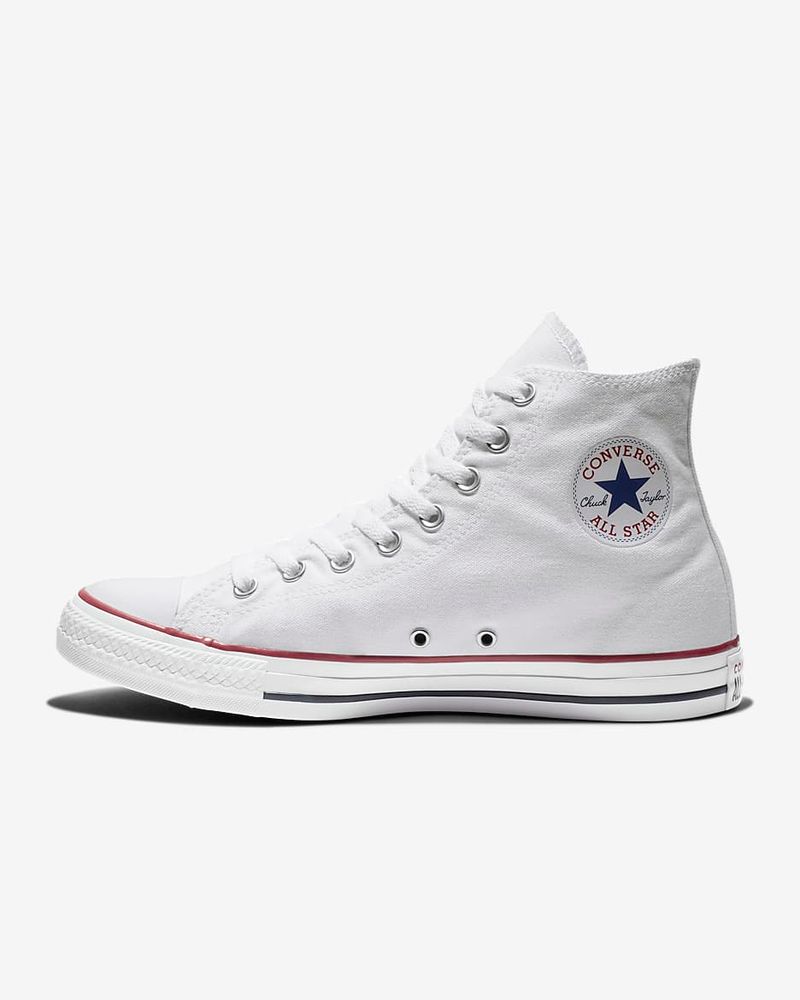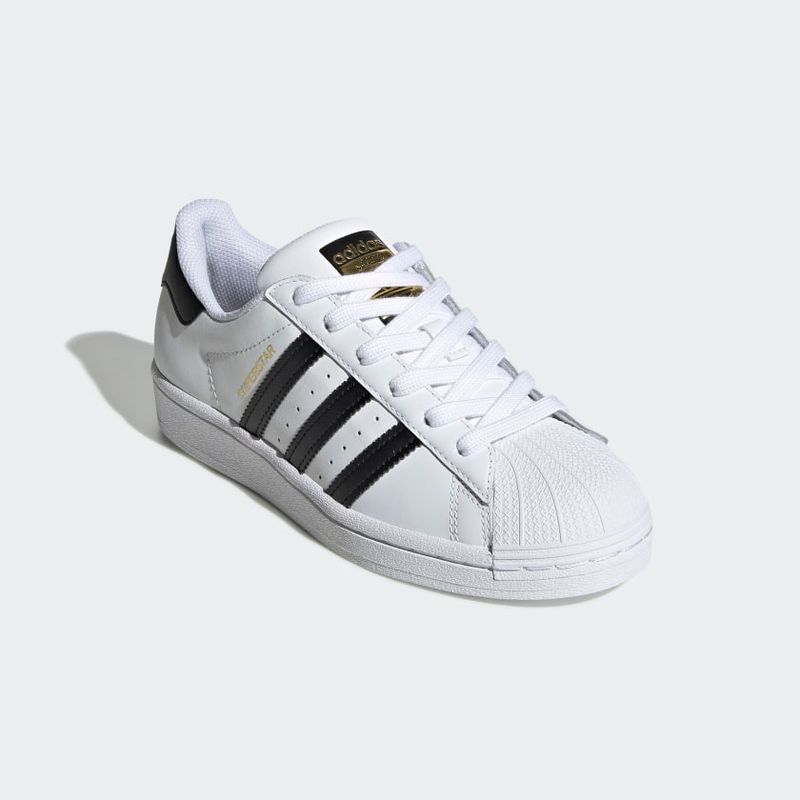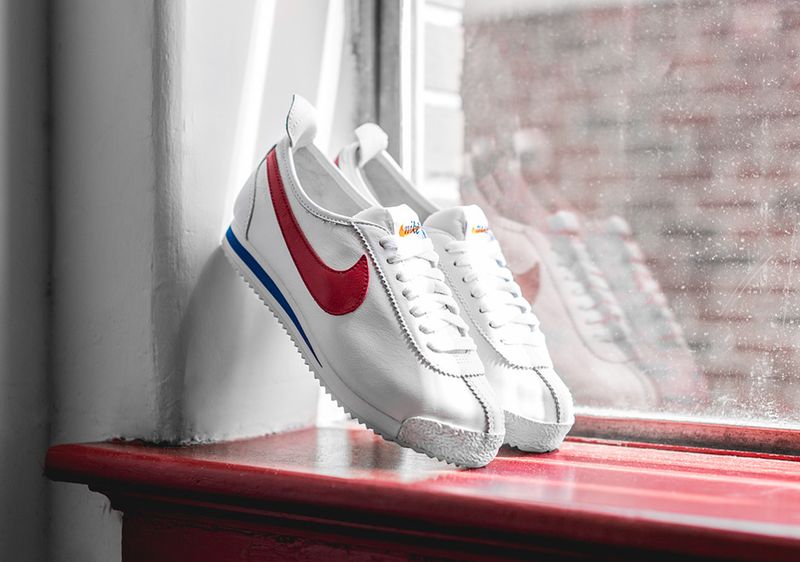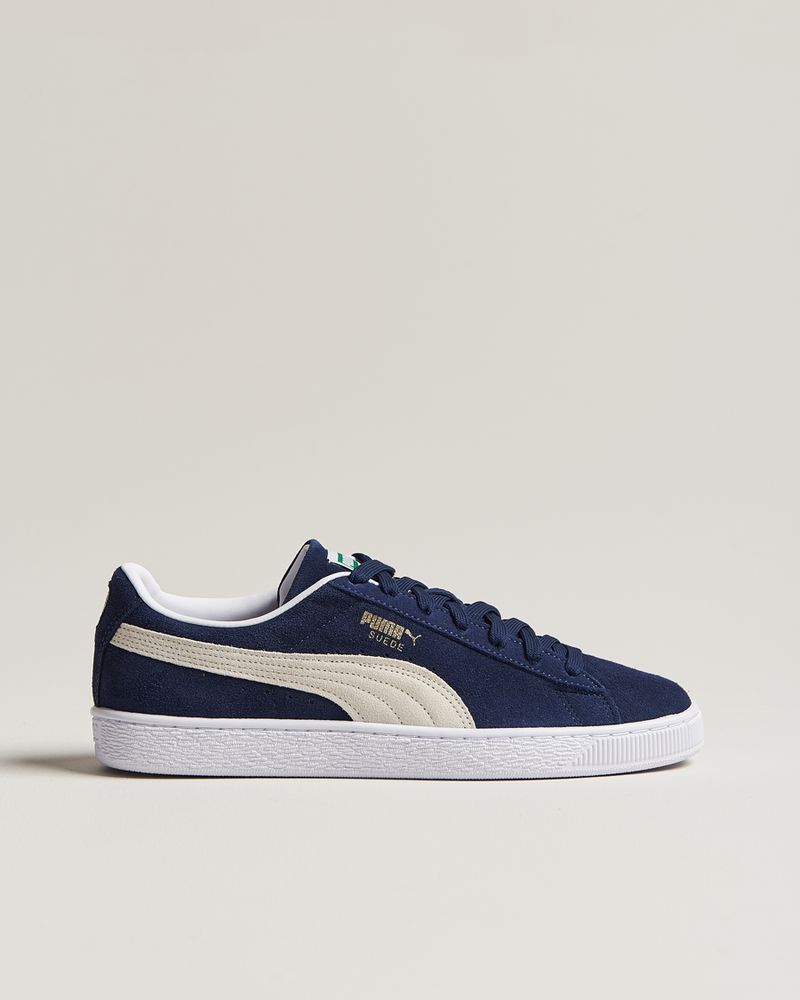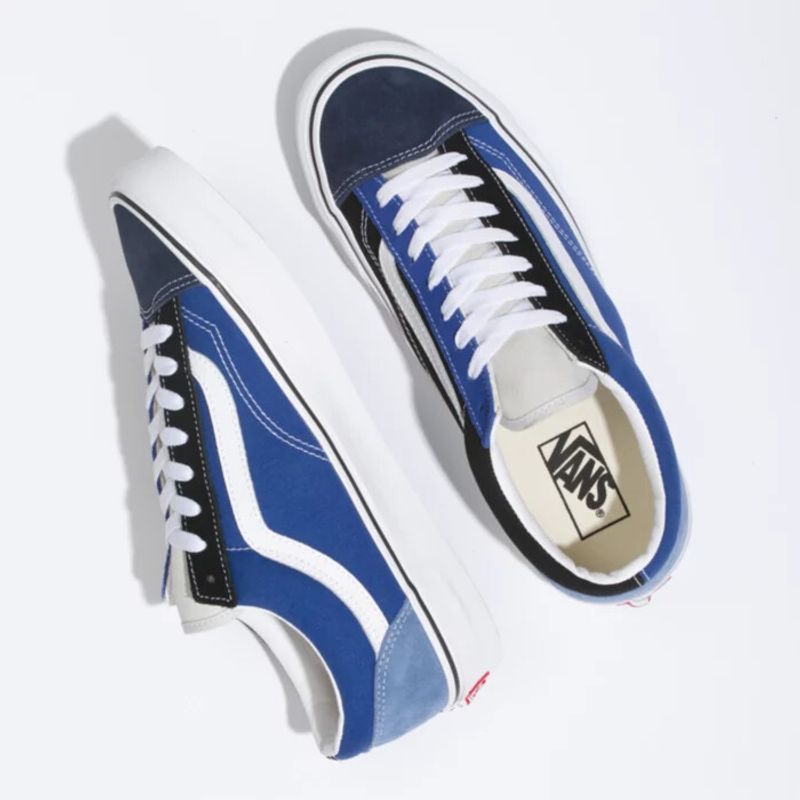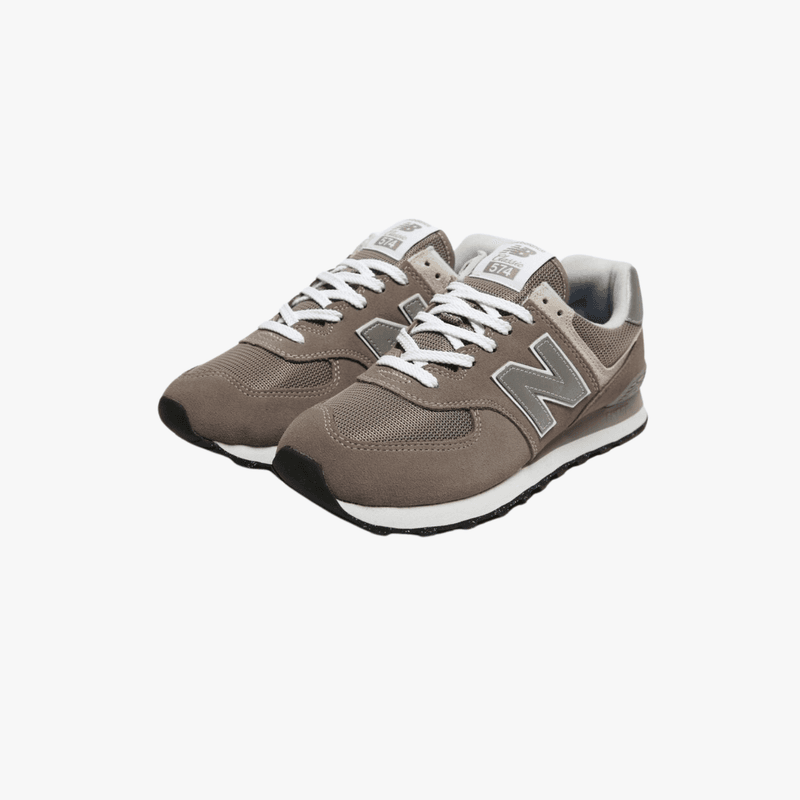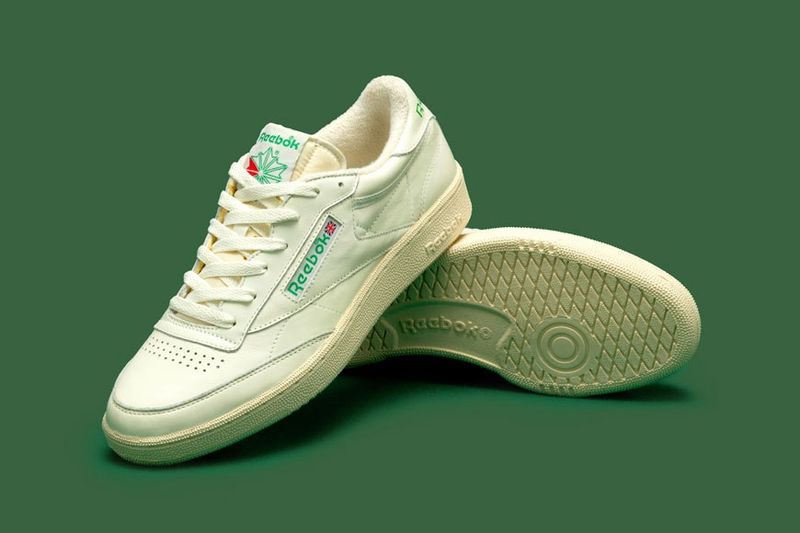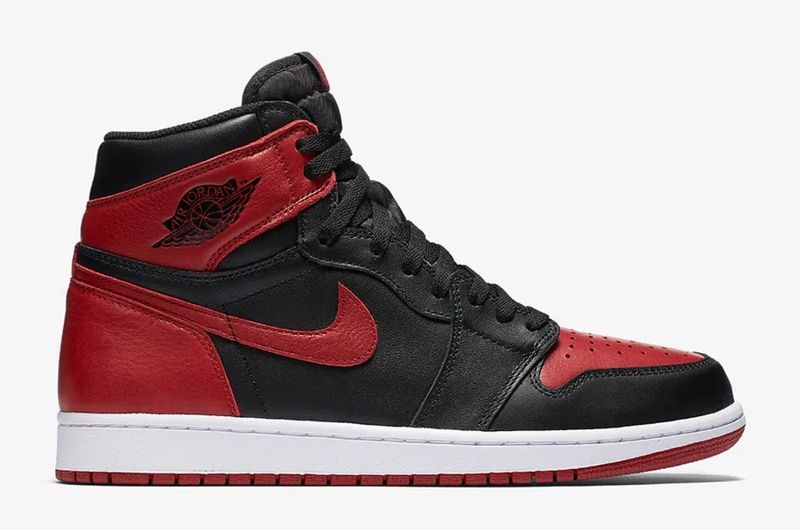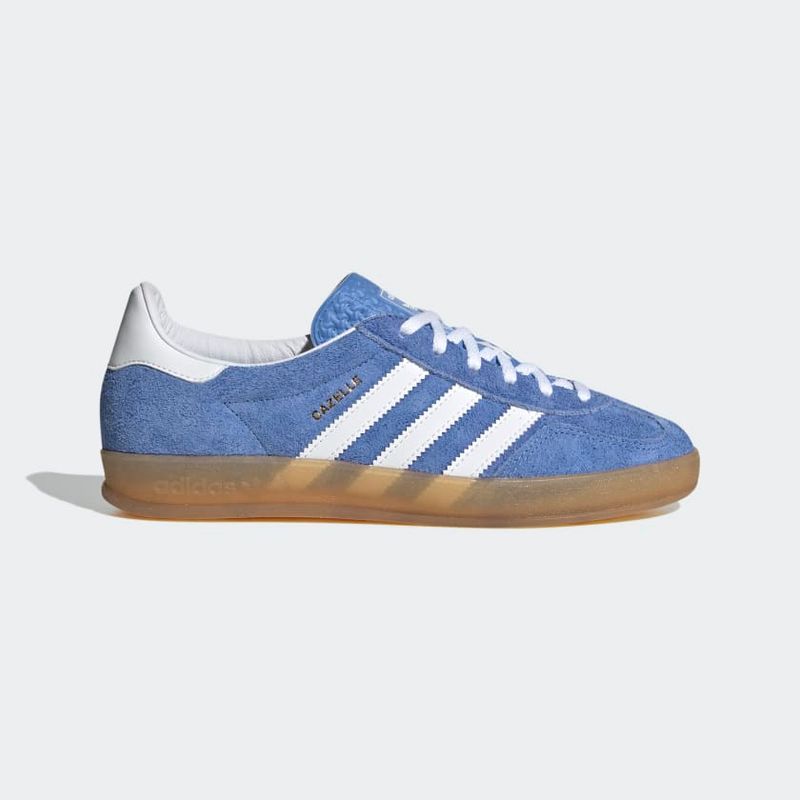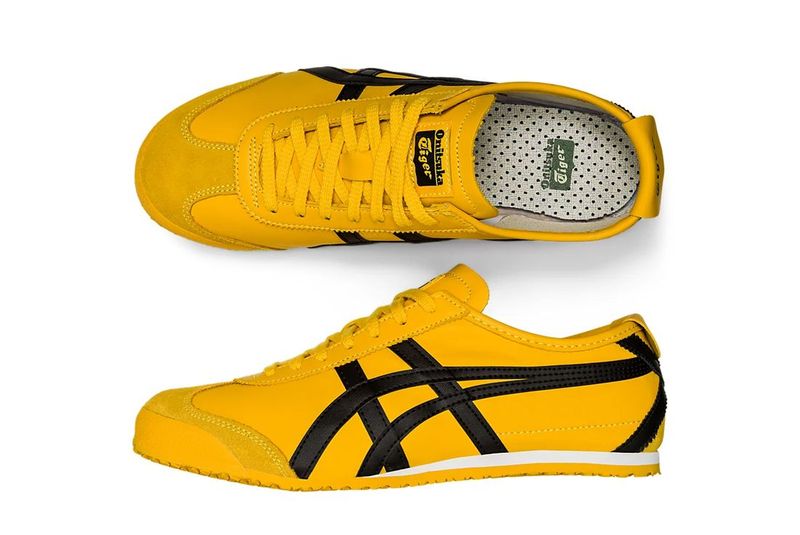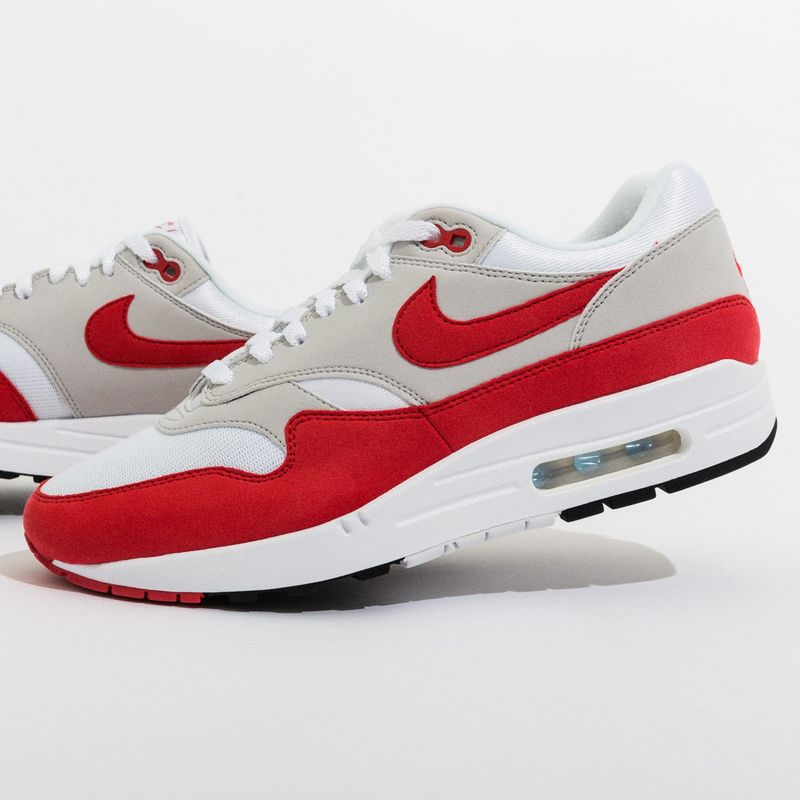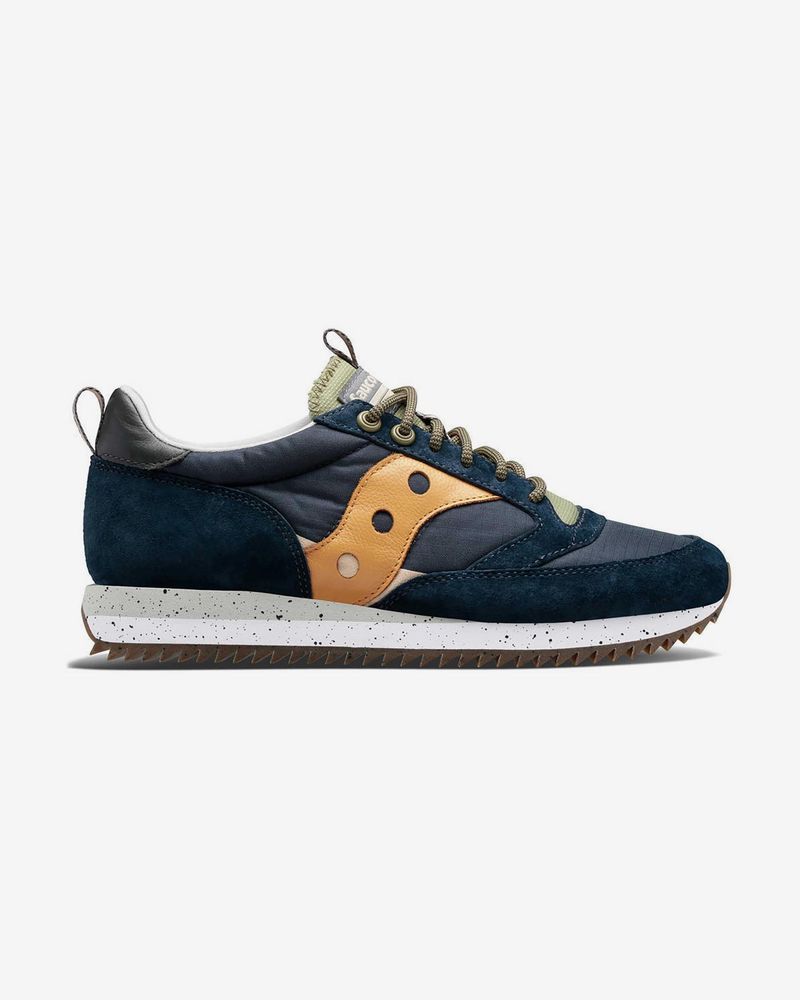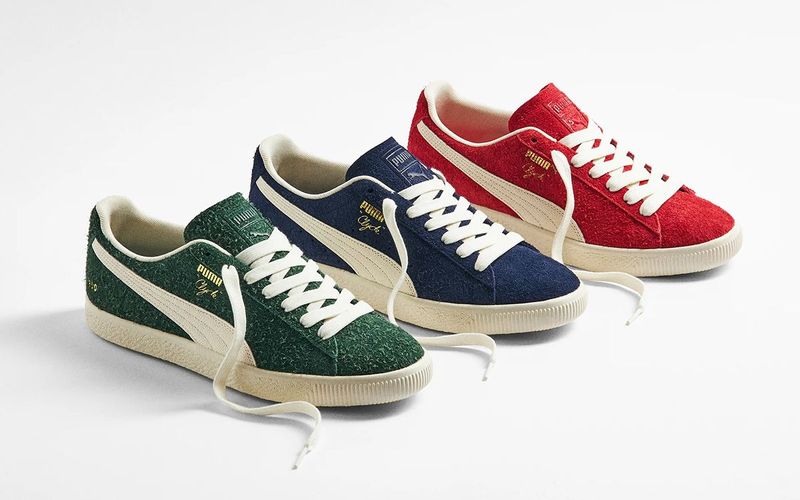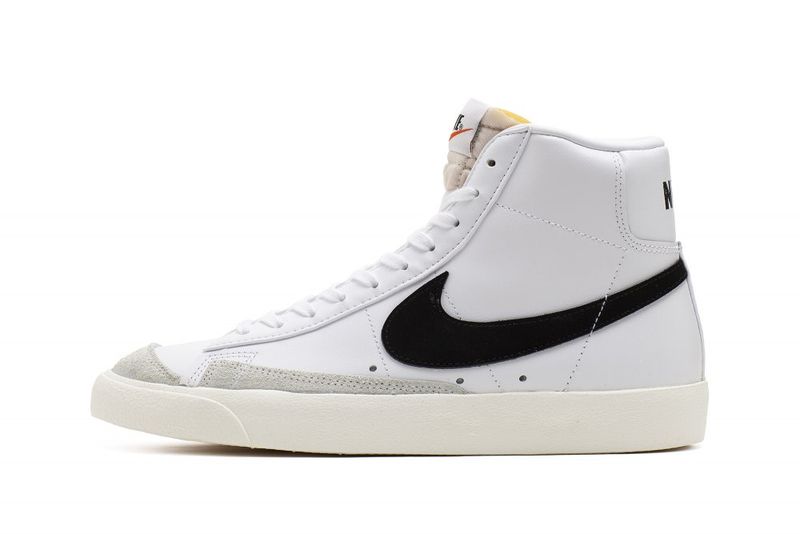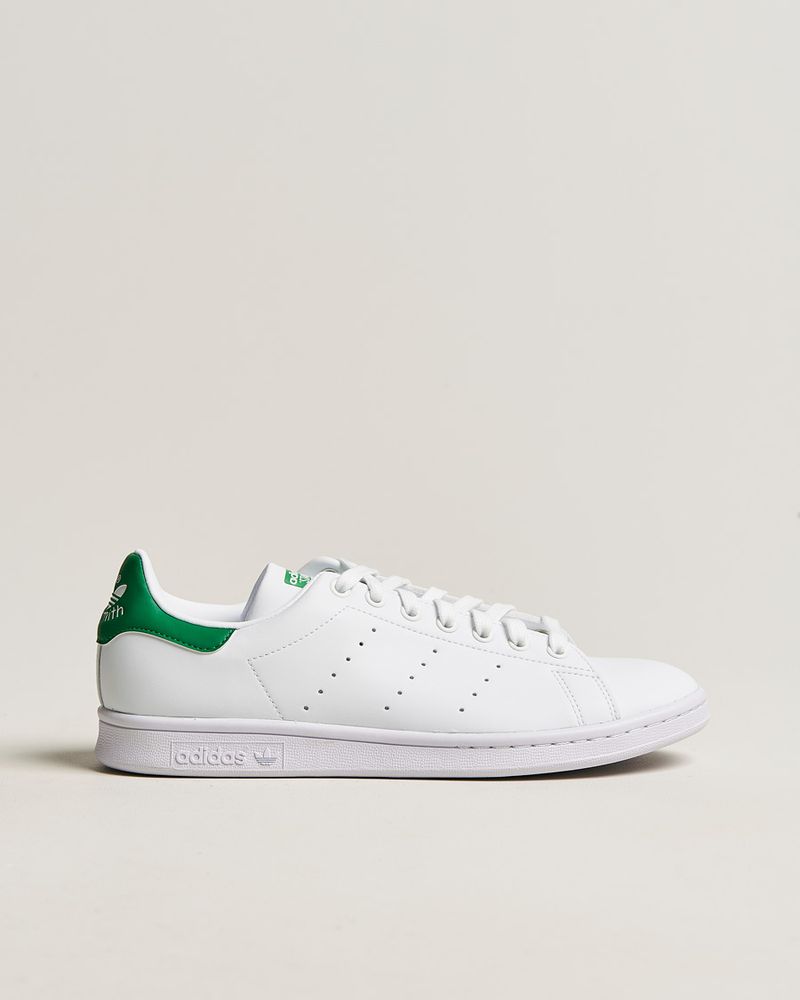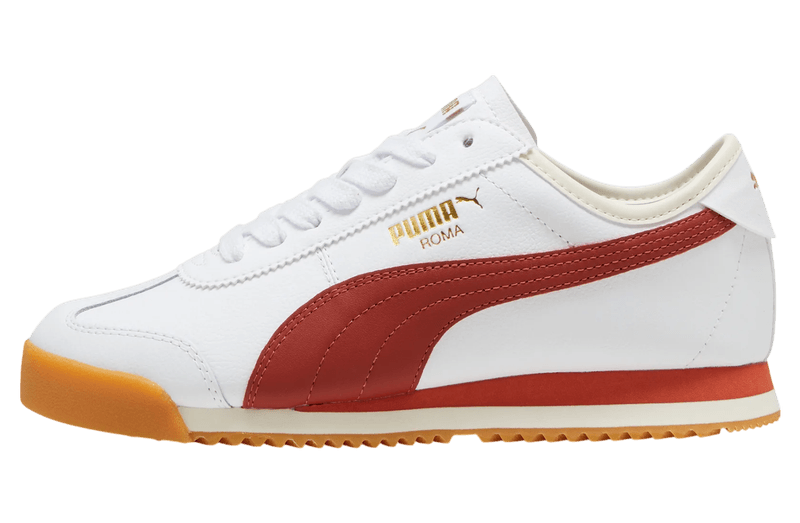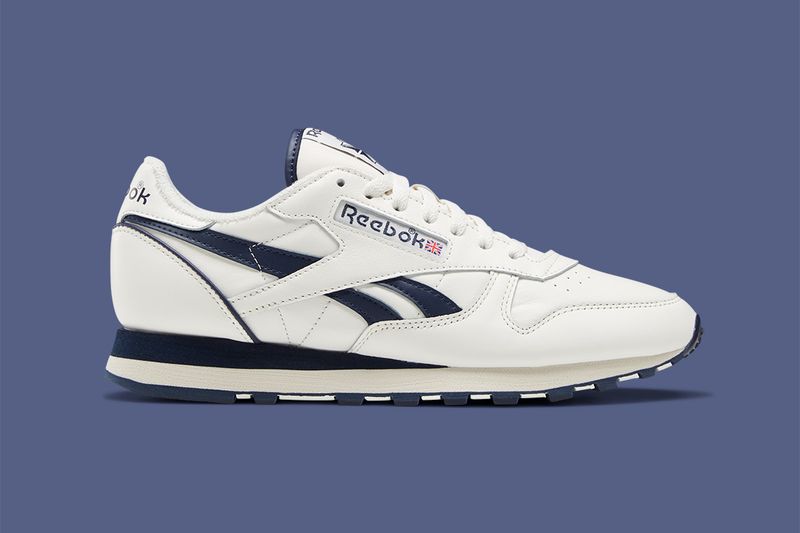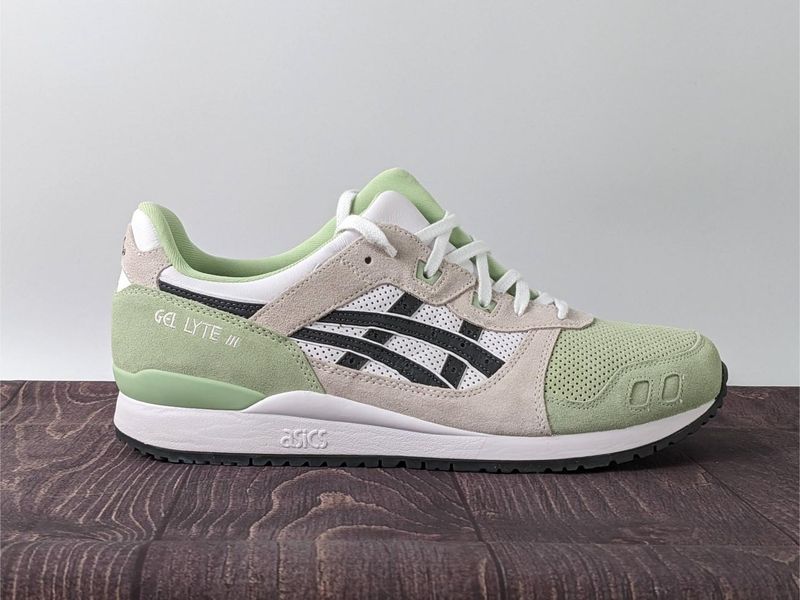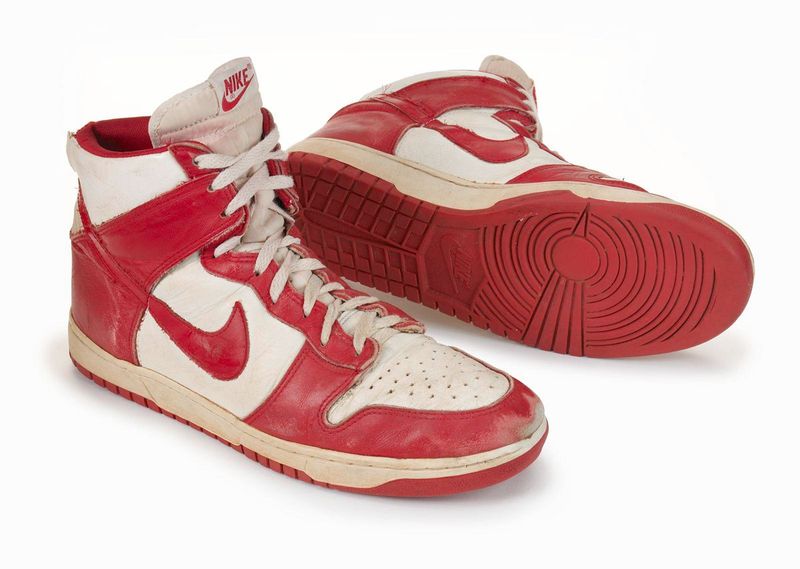Sneaker culture has grown from athletic necessity to fashion phenomenon over the decades. Certain iconic designs have transcended their era, remaining relevant and coveted long after their initial release. These vintage kicks combine nostalgic appeal with timeless design elements that continue to influence modern footwear trends today.
1. Converse Chuck Taylor All Star (1917)
Basketball’s original performance shoe became a cultural icon spanning generations. The simple canvas upper and rubber toe cap design remains virtually unchanged after a century.
Beloved by everyone from basketball legends to punk rockers, these versatile classics pair with practically anything in your wardrobe.
2. Adidas Superstar (1969)
Nicknamed ‘shell toes’ for their distinctive rubber front, these leather court shoes revolutionized basketball footwear before conquering street style.
Run-DMC’s love affair with laceless Superstars in the 1980s cemented their hip-hop credentials, but their clean silhouette works across countless fashion subcultures.
3. Nike Cortez (1972)
Forrest Gump made them famous, but track coach Bill Bowerman created these streamlined runners for Olympic athletes. The herringbone sole pattern delivered revolutionary traction.
Their distinctive swoosh and colorful stripe combinations embodied 1970s California cool while maintaining athletic credibility through decades of style evolution.
4. Puma Suede (1968)
Olympic medalist Tommie Smith’s black-gloved protest in Mexico City happened while wearing these suede beauties. Their soft upper and thick rubber sole created perfect balance.
B-boys adopted them during breakdancing’s golden era because they provided ideal friction for footwork on urban surfaces. The form-stripe remains instantly recognizable.
5. Vans Old Skool (1977)
Skate culture’s enduring favorite introduced the now-famous ‘jazz stripe’ side detail. Reinforced toecaps withstood skateboard abuse while looking effortlessly cool.
Originally designed for functional grip on skateboards, their waffle soles and canvas/suede combination proved equally at home on concert floors and college campuses across generations.
6. New Balance 574 (1988)
Dad shoes before dad shoes were cool. These trail-running hybrids combined serious cushioning with street-ready style through their distinctive chunky silhouette.
The ENCAP midsole technology offered genuine performance benefits while their muted colorways and reflective details created a distinctive aesthetic that influenced countless imitators.
7. Reebok Club C (1985)
Tennis courts spawned these understated leather classics with their window box logo and minimalist design. Country club aesthetics met urban sensibilities.
Green felt packaging mimicked tennis ball containers – a clever marketing touch. Their clean lines and versatile styling have attracted both athletes and fashion-forward celebrities through multiple decades.
8. Air Jordan 1 (1985)
Michael Jordan’s first signature shoe broke NBA uniform rules and paid the $5,000 fine each game. The black and red ‘Banned’ colorway created marketing gold.
Designer Peter Moore’s high-top basketball silhouette transcended sports to become perhaps the most influential sneaker in history, launching an entire collectible subculture that continues today.
9. Adidas Gazelle (1966)
Originally training shoes for German athletes, Gazelles became British casual culture staples during the 1980s. The simple suede design proved remarkably adaptable.
Oasis frontman Noel Gallagher rarely performed without his blue pair during Britpop’s heyday. Their understated profile works equally well with jeans, dresses, or tailored trousers.
10. Onitsuka Tiger Mexico 66 (1966)
Bruce Lee made these Japanese runners famous in Game of Death, but their innovative design deserved the spotlight regardless. The crossing stripe pattern remains distinctive.
Kill Bill later revitalized interest in the yellow colorway. Their slim profile and incredible flexibility made them favorites among martial artists before becoming fashion statements.
11. Nike Air Max 1 (1987)
Tinker Hatfield’s architectural background inspired the visible air bubble that revolutionized sneaker design. The Pompidou Centre in Paris provided direct inspiration.
Originally released in red, white and grey, these runners showcased technology previously hidden inside the sole. Their influence extends beyond footwear into modern design aesthetics.
12. Saucony Jazz Original (1981)
Running technology peaked with these lightweight performers featuring triangular lugs and ripple soles. The suede and nylon upper balanced durability with comfort.
Their distinctive silhouette with the river logo became a preppy staple before finding new audiences through collaborations with boutique retailers. The colorblock design remains fresh decades later.
13. Puma Clyde (1973)
Basketball legend Walt ‘Clyde’ Frazier demanded a wider version of the Suede for his stylish feet. The resulting signature shoe became NBA’s first player-endorsed model.
Frazier reportedly owned 400 pairs in custom colors to match his outfits. Their sleek profile and subtle branding created a template for understated athletic elegance.
14. Nike Blazer (1972)
Basketball’s high-top workhorse featured an oversized swoosh that became Nike’s calling card. The simple vulcanized construction proved remarkably durable across decades.
Skateboarding adoption in the 2000s introduced the Blazer to new generations. Their versatile design works equally well fresh-out-of-box clean or naturally worn and scuffed.
15. Adidas Stan Smith (1971)
Tennis champion Stan Smith replaced Robert Haillet as the namesake for these minimalist court shoes. The perforated three-stripe design and green heel tab became iconic.
Fashion designers rediscovered their clean silhouette in the 2010s, but their appeal never truly faded. The simple white leather design provides the perfect canvas for endless variations.
16. Puma Roma (1968)
Created to celebrate Italy’s European Championship victory, these track shoes featured innovative arch support and padded tongues. The T-toe design became instantly recognizable.
Their slim profile and distinctive gold foil branding attracted casual wearers beyond athletics. Multiple Olympics appearances cemented their performance credentials while fashion adopted their retro charm.
17. Diadora N9000 (1990)
Italian craftsmanship elevated these runners beyond mere athletic equipment. Premium materials and thoughtful colorways attracted serious collectors from the start.
Made in Italy at a time when production was moving overseas, their quality stood out. The distinctive curved midsole and kangaroo leather options created a luxurious running experience.
18. Reebok Classic Leather (1983)
Performance running technology wrapped in sophisticated packaging. The garment leather upper offered unprecedented comfort while maintaining athletic credibility.
Their understated design became a blank canvas for expression. The subtle side stripes and window branding created a recognizable silhouette without overwhelming the clean lines.
19. Asics Gel-Lyte III (1990)
Revolutionary split-tongue design prevented slippage during serious running sessions. The distinctive gel cushioning system absorbed impact while maintaining responsiveness.
Designer Shigeyuki Mitsui created a perfect balance of performance and style. Collaborations with boutique retailers in the 2000s introduced these technical runners to fashion audiences.
20. Nike Dunk (1985)
College basketball’s team shoe program ‘Be True To Your School’ launched these color-blocked high-tops. Their simple design borrowed elements from earlier Nike models.
Skateboarding adoption in the early 2000s gave Dunks a second life. The padded collar and simple panel construction allowed for endless color combinations across decades of releases.

